This is one in a series of posts on the Nikon Z7. You should be able to find all the posts about that camera in the Category List on the right sidebar, below the Articles widget. There’s a drop-down menu there that you can use to get to all the posts in this series; just look for “Nikon Z6/7”.
I have tested the Z7 autofocus accuracy with the Nikon 105/1.4 before (here is an example). When trying to get the measure of a camera’s AF abilities, I’ve found it useful to mix reproducible, quantitative lab tests with anecdotal, ad-hoc field testing. About a year ago, I did a field test of the Nikon D850 with the Nikon 105/1.4 and the Sony a7RIII with the Batis 85/1.8. The D850 struggled getting repeatable, highly accurate autofocus results with the 105 wide open.
Does the Z7 fix that? The short answer, for people’s faces as the main subject, is a resounding yes. However, there is more to the story. Read on.
Over the Thanksgiving weekend, my son, his wife, and their daughters came down for a visit. I am the designated documenter for these events, and I enjoy great flexibility in how I approach the task. Since I’ve been testing the Z7, I decided to use it. I put the 105 mm f/1.4 on one body with the FTZ adapter and the native 24-70/4 on another Z7. Since it was such a joy to use, I ended up making almost all the captures with the 105.
There are many AF modes in the Z7, but after some initial experimentation, I settled on AF-C with Auto-Area AF, and Face Detection on. The finder indicates whether the camera has found a face or not. If it has found more than one face, it shows you the one it’s focusing on and indicts with an arrow the direction(s) to the others. You can easily move the focused face with the joystick. This is an excellent system. I wish the Sony Eye-AF worked this way; it would be great if you could tell the camera directly which eye to focus on.
I don’t use artificial light or light modifiers in these situations, because it wrecks the spontaneity. That means that the lighting is never ver good, and sometimes pretty awful. All the images here were processed win Lightroom with no local manipulations. All but one — the extreme backlighting example — were wide open.
At close range, the 105/1.4 wide open is quite a focusing challenge, and in general, one that the Z7 handled with aplomb.
There are a couple of situations that befuddle the Z7 face detection. Profiles are a non-starter.
In the above capture, the camera didn’t find any faces and fell back on the automatic focus area setting, which usually works out pretty well, but you can easily end up focusing on hair that well in front of the eyes, especially in the case of women with perms.
Extreme backlighting can also be a problem. Here’s a case where the camera got it right.
That may not look like extreme backlighting, but take a look at the file with Lightroom default development.
For a camera without eye detection, the Z7 can turn in results that seem almost magical.
In the above case, the camera focused on the eyelashes of the near eye, not on the iris itself, but the iris is plenty sharp. The camera won’t do this every time, but the keeper rate, even when you’re thinking of making a big print (which I won’t do with these images) is in the 80-90% range.
When it gets really dim, the camera’s face detection software doesn’t work as well, especially if you’re planning on a big push or shadow lift. There were times when I would have preferred to shoot at ISO 64, but I had to increase the setting to get the camera to focus.
I am quite pleased with how well the camera did.
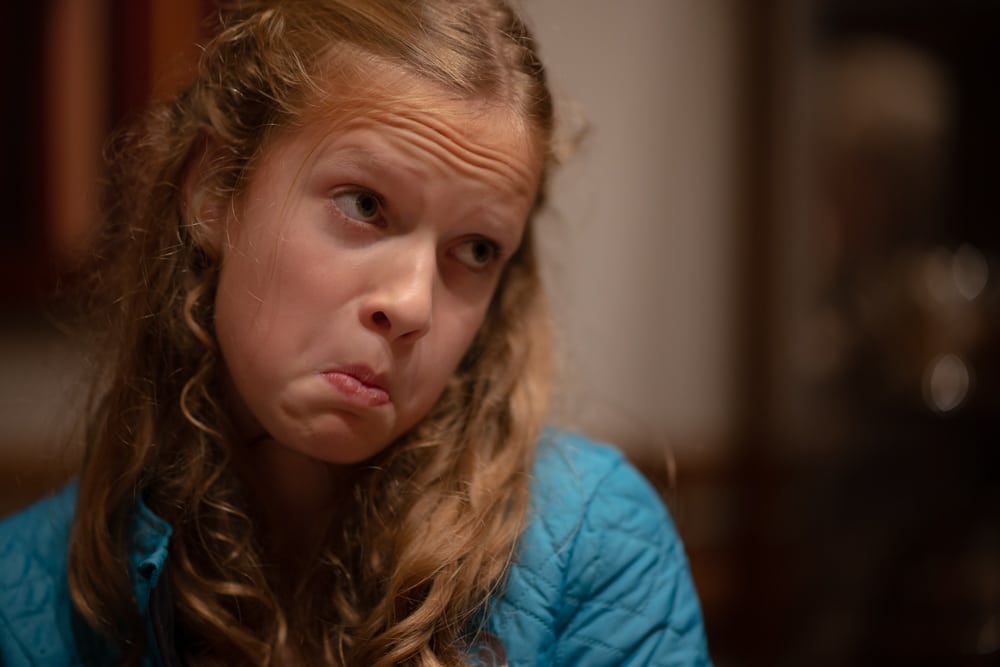
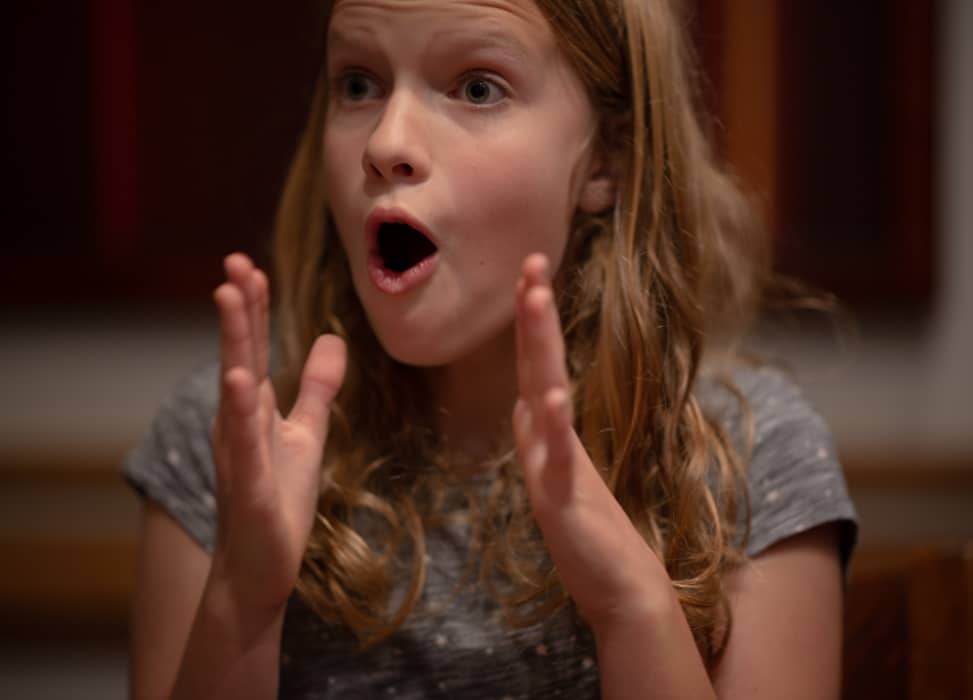
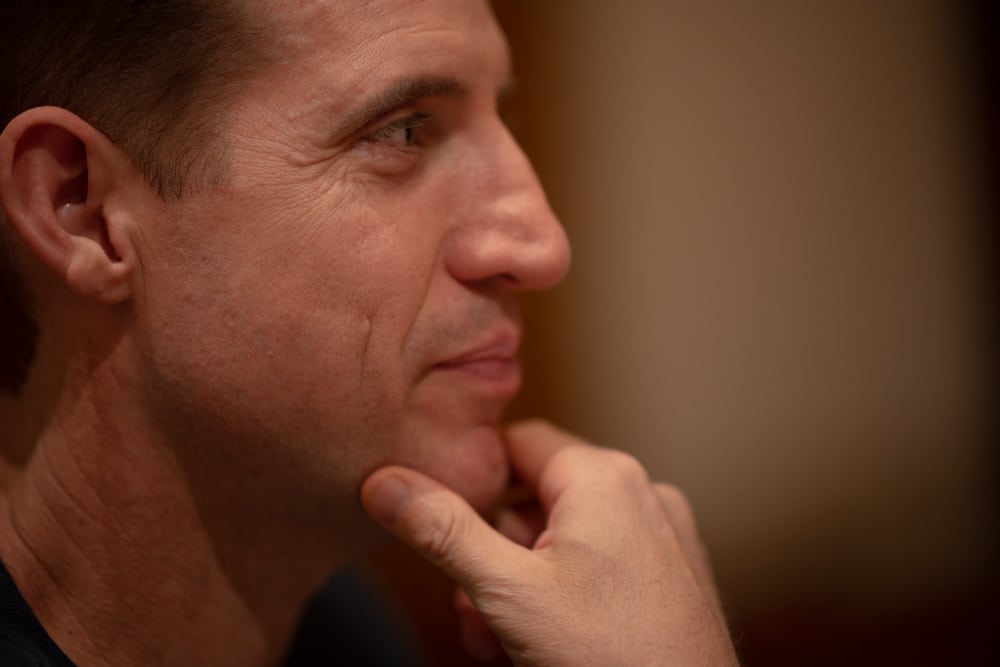
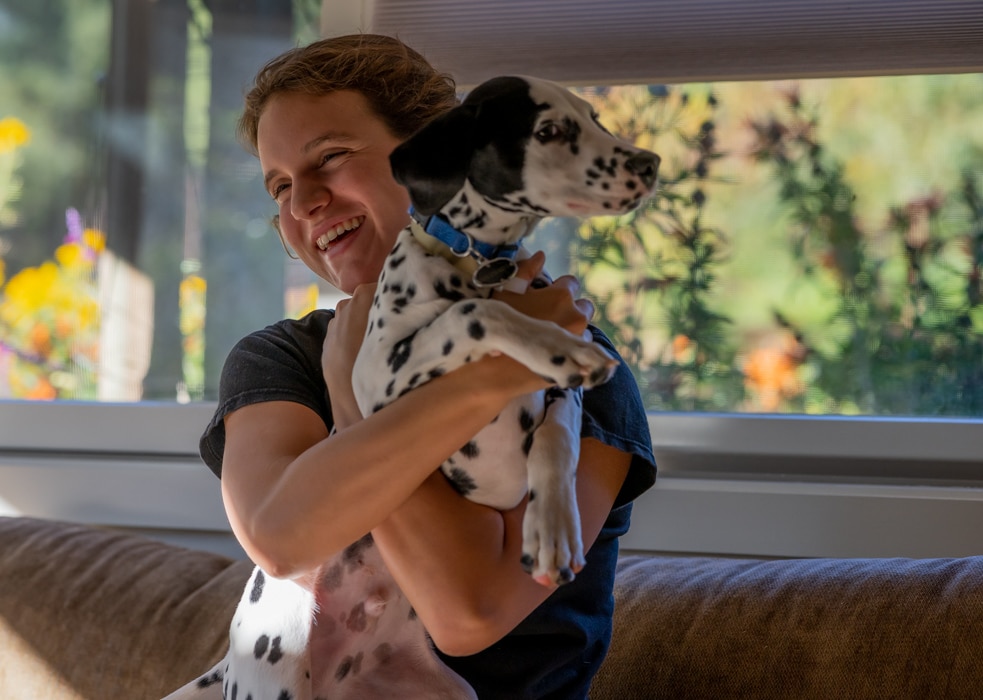
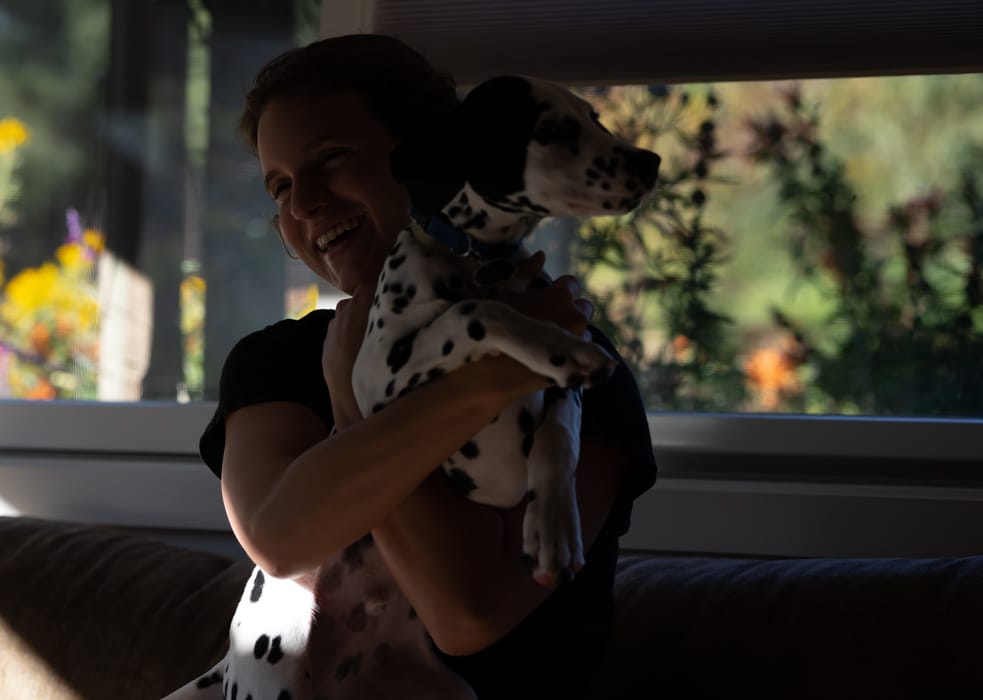
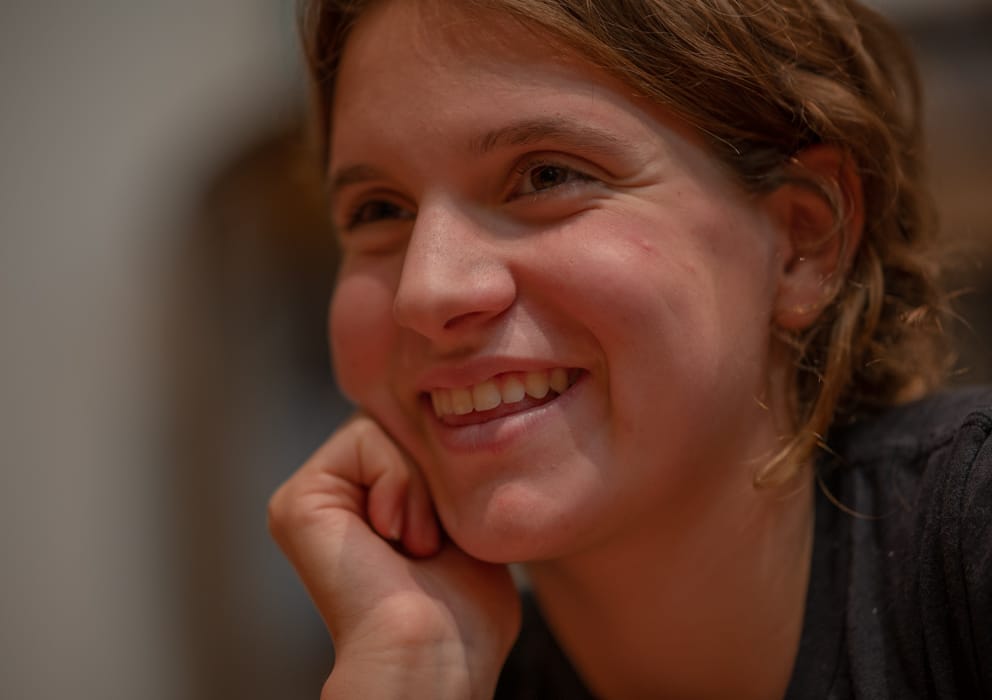
Steve Lewis says
When the face detection locks on, does the focus square turn from red to green when focused?
JimK says
Not in AF-C mode. It stays red.